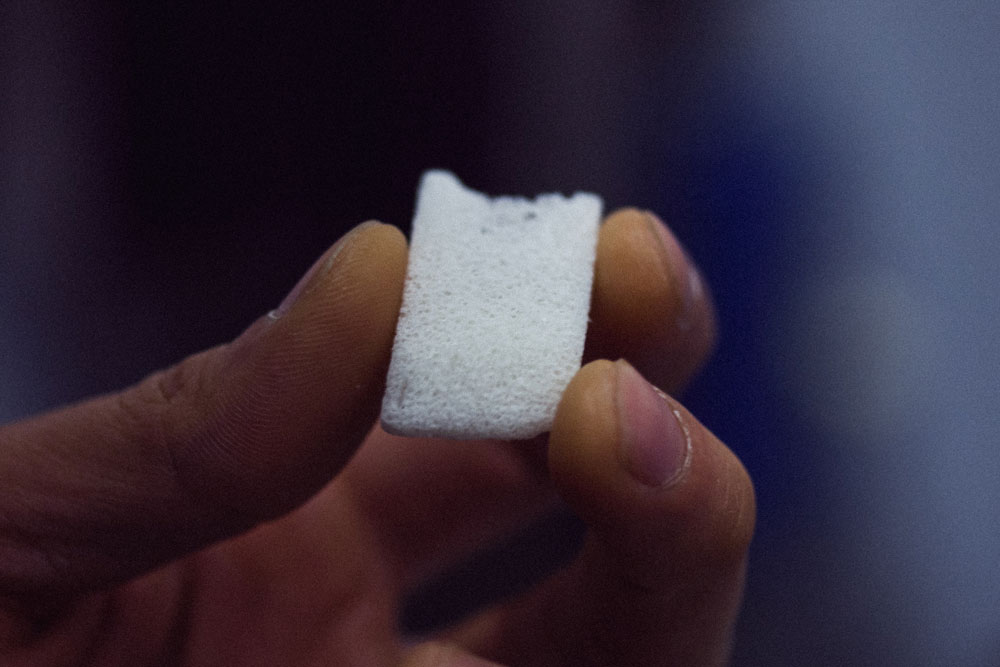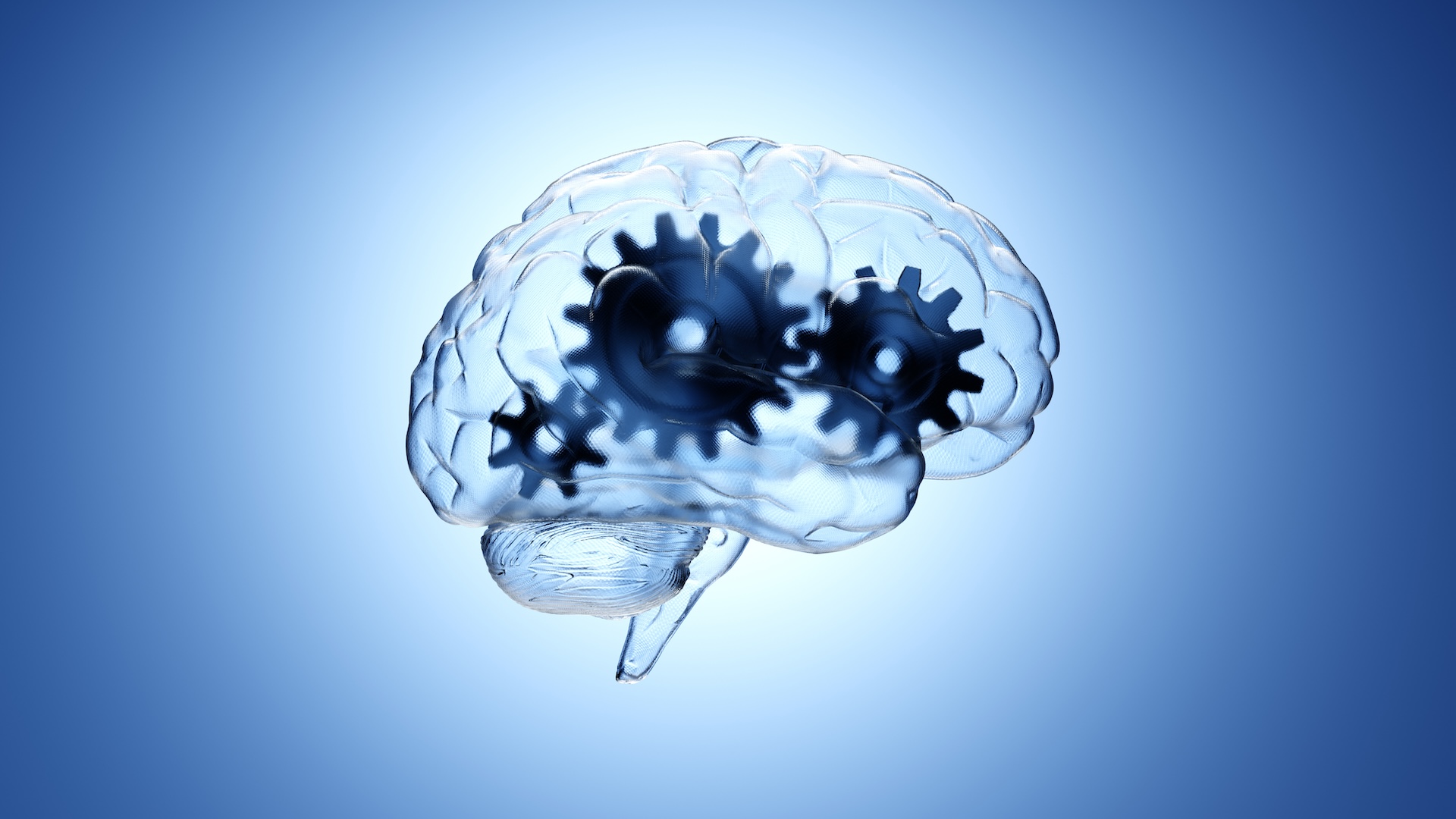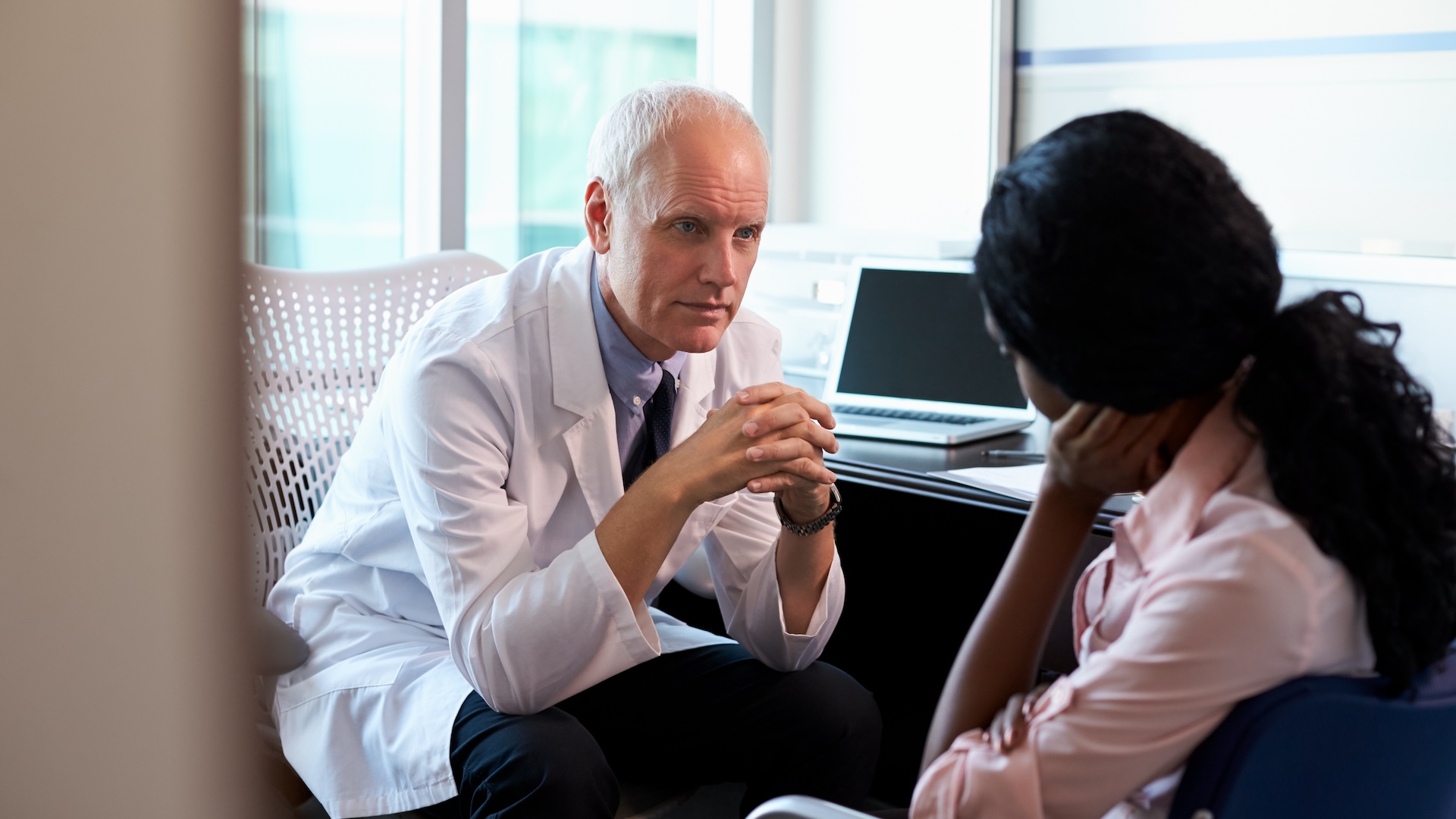
Lab-Grown Bones? They Could Make Painful Grafts History (Op-Ed)

Nina Tandon is CEO and co-founder of EpiBone.com, a New York City based startup focus on engineering living bones made from patients' own cells. Tandon is a scientist, biomedical engineer, TED Senior Fellow and co-author of Super Cells: Building with Biology (TED Conferences, 2014). This op-ed is part of a series provided by the World Economic Forum Technology Pioneers, class of 2015. Tandon contributed this article to Live Science's Expert Voices: Op-Ed & Insights.
Many people don't realize that, after blood, bone is the most widely transplanted human tissue worldwide, resulting in more than 2 million procedures per year at a cost of more than $5 billion.
If you've lost a healthy bone to an accident or illness, or if you were born with bones that aren't the right shape, what do you do? Historical solutions have included using animal bones or pieces of bone from human donors. Unfortunately, the body is quite picky. Complications abound when the body rejects what it sees as a foreign object, leading to infections or defective transplants after these operations.
Grafting bone: a less than perfect answer
So, even now, the gold standard treatment for a person like Roger Ebert, the late American film critic who lost his jawbone to cancer, is autograft. This is basically a euphemism for cutting a piece of bone out of one part of the body and putting it in another.
Autograft is the sort of procedure that needs a euphemism. Though it is surgeons' current best option, it still isn't that great. The surgery is invasive and destructive. It can leave patients with a whole host of new issues, including the need for multiple surgeries.
Roger Ebert, because doctors cut bone out of his hip and shoulder, suffered a limp for the rest of his life. And with children who need the procedure, autografts are an even worse option; there's often quite simply not enough bone to go around.
And so, millions of patients need a better solution for bone replacement, and as the population ages and the world globalizes, such musculoskeletal solutions must last a lifetime.
Building bone from your fat cells
Inventors are working to meet this need. One emerging technology for skeletal reconstruction is 3D-printed synthetic implants made to match the anatomical shape of a patient's defects, such as those from Mobelife, Oxford Performance Materials and ConforMIS. Others are developing stem-cell therapies, such as those from Stempeutics, Novadip or Bonus Biogroup. In this method, either cells stored in banks or those harvested from adult stem cells are used to aid in bone regeneration.
At our startup, EpiBone, we propose a more radical — and dare we say, natural — approach that combines both of the above trends: growing your own bone. Why not use the stem cells that grow bones every day in people's bodies to engineer bones in a lab?
In order to do this, we take two things from the patient: A CT scan, which is essentially a high-resolution 3D X-ray, so that we can calculate and fabricate a personalized scaffold in the precise 3D shape of the bone we want to engineer; and a fat sample from which we extract stem cells to infuse into the 3D scaffold.
The scaffold and stem cells together go into a special growth chamber, called a bioreactor, which simulates conditions found inside the body. Temperature, humidity, acidity and nutrient composition all need to be just right for the stem cells to transform into bone-growing cells called osteoblasts, colonize the scaffold and remodel it with living tissue. Three weeks later, out would come a piece of living human bone that's sized and shaped precisely for the patient. This is an implant that the patient's body hopefully won't reject, because it's made from his or her own cells.
Next step: human testing
Lots of research remains to be done before we place the first personalized, lab-grown bone into a patient. Such artificial bones have already been successfully implanted in pigs and other animals, but we still need to demonstrate that this method will work for humans.
EpiBone's work builds on the discovery from developmental biology that stem cells can transform into any part of the body. Our innovations, in turn, will be the foundation for still more new inventions, many yet to be imagined.

If we can work in concert with living cells to grow bone, we might also adapt cells to groundbreaking new uses in other realms of medicine, or even entirely different fields, such as architecture, art and fashion.
What's most inspiring to me about the evolving science of regenerative medicine is how it recasts the role and potential of the body's own cells. No longer seen simply as the passive subjects of treatments, cells are now active agents. They are collaborators. And they are the kind of naturally powerful actors that you really want on your team.
There's still a long road ahead, but I would love to look back someday and say that painful, problem-prone bone transplants are statistics from the past. Countless patients, present and future, hope so too.
Read more from the Technology Pioneers on their Live Science landing page. Follow all of the Expert Voices issues and debates — and become part of the discussion — on Facebook, Twitter and Google+. The views expressed are those of the author and do not necessarily reflect the views of the publisher. This version of the article was originally published on Live Science.
Sign up for the Live Science daily newsletter now
Get the world’s most fascinating discoveries delivered straight to your inbox.










